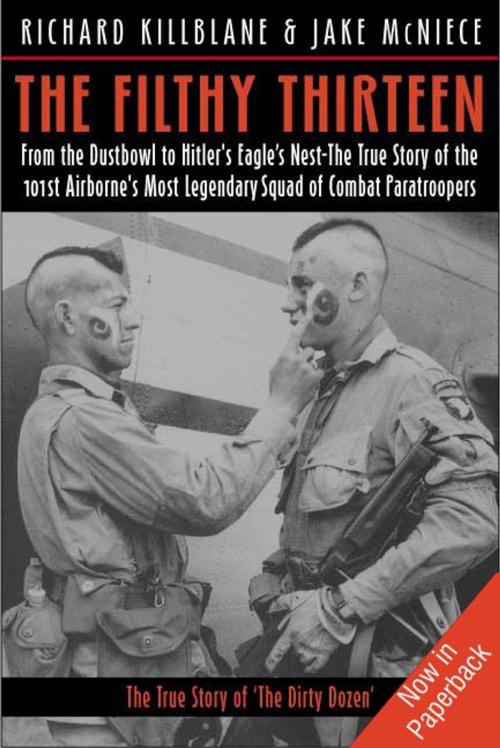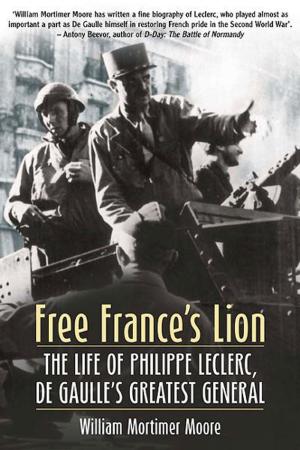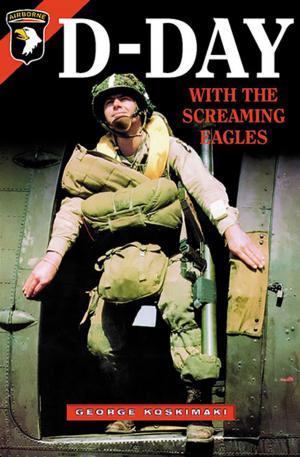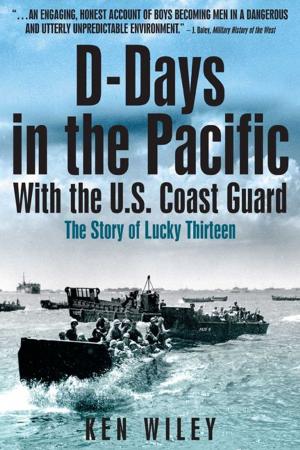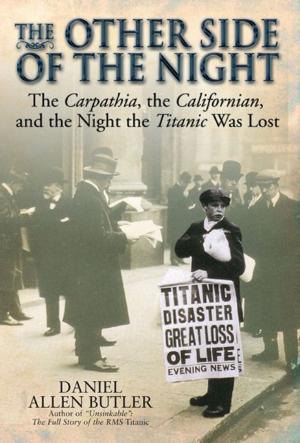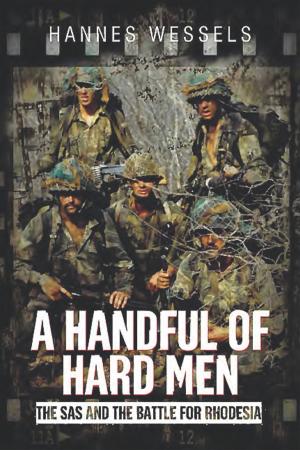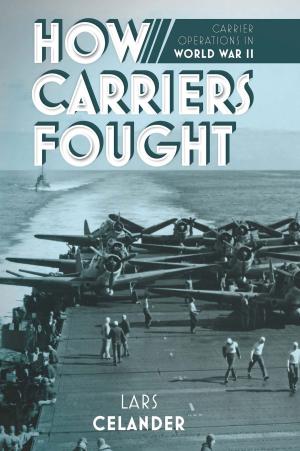Filthy Thirteen From The Dustbowl To Hitler's Eagle's Nest-The True Story Of The 101st Airborne's Most Legendary Squad Of Combat Paratroopers
From the Dustbowl to Hitler's Eagle’s Nest - The True Story of the 101st Airborne's Most Legendary Squad of Combat Paratroopers
Nonfiction, History, Military, World War II| Author: | Killblane Richard | ISBN: | 9781935149811 |
| Publisher: | Casemate | Publication: | May 19, 2003 |
| Imprint: | Casemate | Language: | English |
| Author: | Killblane Richard |
| ISBN: | 9781935149811 |
| Publisher: | Casemate |
| Publication: | May 19, 2003 |
| Imprint: | Casemate |
| Language: | English |
Since World War II the American public has become fully aware of the exploits of the 101st Airborne Division the paratroopers who led the Allied invasions into Nazi-held Europe. But within the ranks of the 101st a sub-unit attained legendary status at the time its reputation persisting among veterans over the decades. Primarily products of the Dustbowl and the Depression the Filthy13 grew notorious even within the ranks of the elite 101st. Never ones to salute an officer or take a bath this squad became singular within the Screaming Eagles for its hard drinking and savage fighting skill--and that was only in training. Just prior to the invasion of Normandy a "Stars and Stripes" photographer caught U.S. paratroopers with heads shaved into Mohawks applying war paint to their faces. Unknown to the American public at the time these men were the Filthy 13. After parachuting behind enemy lines in the dark hours before D-Day the Germans got a taste of the reckless courage of this unit - except now the men were fighting with Tommy guns and explosives not just bare knuckles. In its spearhead role the 13 suffered heavy casualties some men wounded and others blown to bits. By the end of the war 30 men had passed through the squad. Throughout the war however the heart and soul of the Filthy 13 remained a survivor named Jake McNiece a half-breed Indian from Oklahoma - the toughest man in the squad and the one who formed its character. McNiece made four combat jumps was in the forefront of every fight in northern Europe yet somehow never made the rank of PFC. The survivors of the Filthy 13 stayed intact as a unit until the Allies finally conquered Nazi Germany. The book does not draw a new portrait of earnest citizen soldiers. Instead it describes a group of hardscrabble guys whom any respectable person would be loath to meet in a bar or dark alley. But they were an integral part of the U.S. war against Nazi Germany. A brawling bunch of no-goodniks whose only saving grace was that they inflicted more damage on the Germans than on MPs the English countryside and their own officers the Filthy 13 remain a legend within the ranks of the 101st Airborne.
Since World War II the American public has become fully aware of the exploits of the 101st Airborne Division the paratroopers who led the Allied invasions into Nazi-held Europe. But within the ranks of the 101st a sub-unit attained legendary status at the time its reputation persisting among veterans over the decades. Primarily products of the Dustbowl and the Depression the Filthy13 grew notorious even within the ranks of the elite 101st. Never ones to salute an officer or take a bath this squad became singular within the Screaming Eagles for its hard drinking and savage fighting skill--and that was only in training. Just prior to the invasion of Normandy a "Stars and Stripes" photographer caught U.S. paratroopers with heads shaved into Mohawks applying war paint to their faces. Unknown to the American public at the time these men were the Filthy 13. After parachuting behind enemy lines in the dark hours before D-Day the Germans got a taste of the reckless courage of this unit - except now the men were fighting with Tommy guns and explosives not just bare knuckles. In its spearhead role the 13 suffered heavy casualties some men wounded and others blown to bits. By the end of the war 30 men had passed through the squad. Throughout the war however the heart and soul of the Filthy 13 remained a survivor named Jake McNiece a half-breed Indian from Oklahoma - the toughest man in the squad and the one who formed its character. McNiece made four combat jumps was in the forefront of every fight in northern Europe yet somehow never made the rank of PFC. The survivors of the Filthy 13 stayed intact as a unit until the Allies finally conquered Nazi Germany. The book does not draw a new portrait of earnest citizen soldiers. Instead it describes a group of hardscrabble guys whom any respectable person would be loath to meet in a bar or dark alley. But they were an integral part of the U.S. war against Nazi Germany. A brawling bunch of no-goodniks whose only saving grace was that they inflicted more damage on the Germans than on MPs the English countryside and their own officers the Filthy 13 remain a legend within the ranks of the 101st Airborne.
